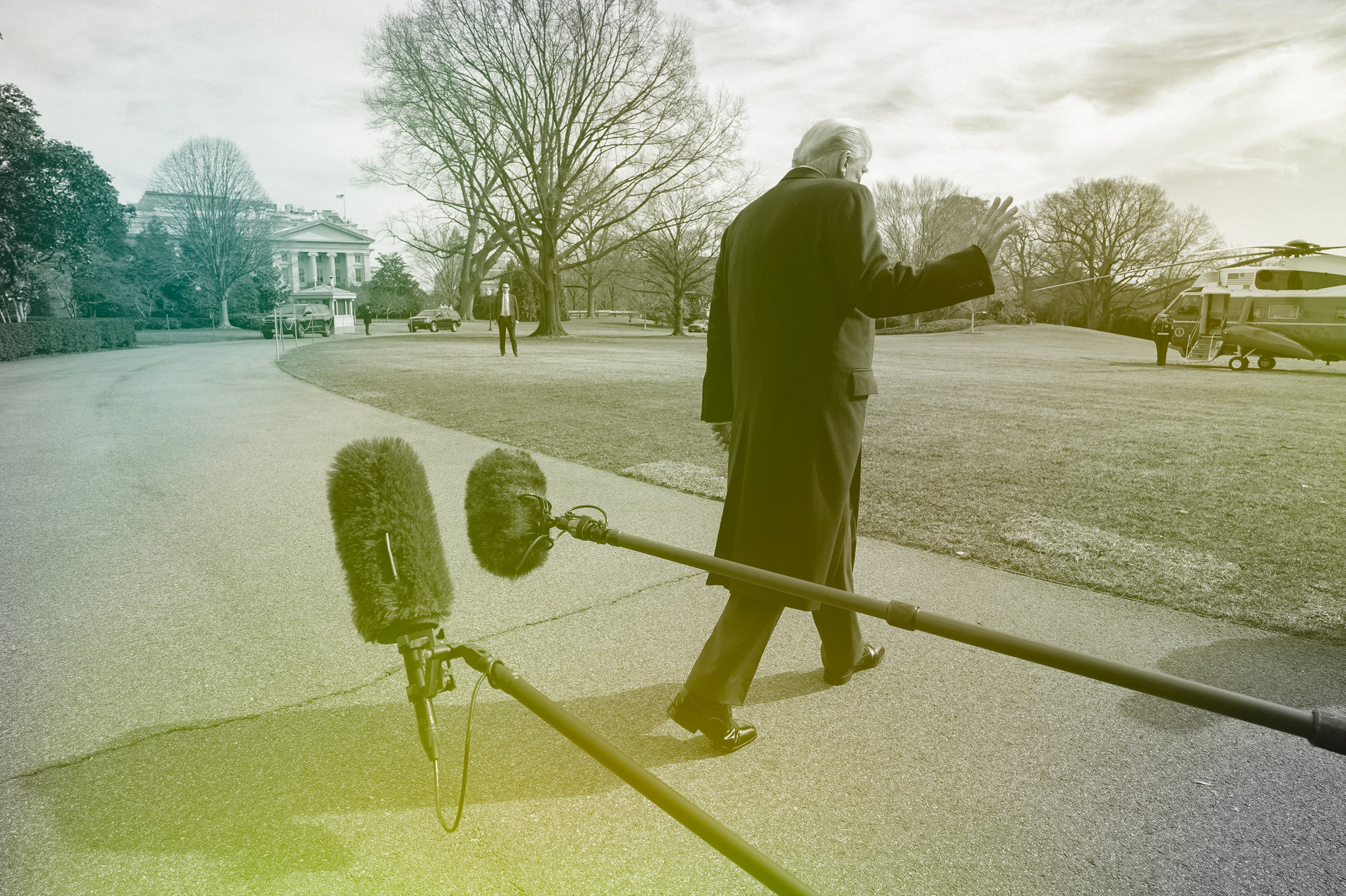Now Reading: From “America First” to “Sell America”
-
01
From “America First” to “Sell America”
From “America First” to “Sell America”

On March 9, 1933, just five days following Franklin D. Roosevelt’s initial Presidential Inauguration, a special Congress session called by Roosevelt to address an unprecedented economic crisis took place on Capitol Hill. At that time, about a third of Americans were unemployed, with people lining up at soup kitchens across the nation and banks failing as anxious depositors rushed to withdraw their funds. The Emergency Banking Act, passed on the first day of the Congressional meeting, helped restore trust in banks by allowing federal examiners to review their finances and confirm their stability. Additionally, this act paved the way for a federal guarantee on bank deposits. Over the following weeks, Congress established programs like the Civilian Conservation Corps and the Federal Emergency Relief Administration to provide jobs for some of the unemployed. They also founded the Tennessee Valley Authority to bring electricity and employment opportunities to one of the most impoverished regions in the U.S. On June 16th, the ninety-ninth day of the Congressional session and the hundred and fourth day of Roosevelt’s presidency, the National Industrial Recovery Act was signed into law, ensuring collective bargaining rights for workers and launching the Public Works Administration for large infrastructure projects.
Following a radio address by Roosevelt the next month referring to the impactful “hundred days” dedicated to initiating the New Deal, these actions set a standard for effective Presidential action. As Donald Trump’s hundred-day period comes to a close, he has exceeded Roosevelt in executive orders signed, yet lacks significant legislative achievements. Trump’s economic policies have not produced the same positive outcomes as Roosevelt’s, causing disruptions and a decline in consumer confidence. The chaotic trade war initiated by Trump has created uncertainty in American households and businesses, contrasting the robust economy he inherited from his predecessor, Joe Biden.
While some economic indicators show signs of instability, such as fluctuations in financial markets and a decrease in consumer confidence, overall consumer spending has not drastically declined. Trump’s tariff policies have led to increased costs for imported goods and impacted businesses, with some estimating significant additional expenses due to tariffs. The uncertainty stemming from Trump’s policies has caused concern among investors and global economic observers, with questions raised about the competency of U.S. policymakers and the potential long-term effects on the economy.
The ongoing volatility in financial markets, the impact of tariffs on businesses, and the overall unpredictability of Trump’s economic policies have raised alarms about the future economic outlook. As the world economy grapples with the repercussions of Trump’s trade war and policy decisions, there is a growing sense of unease and skepticism surrounding the current Administration’s ability to navigate these challenges effectively.






